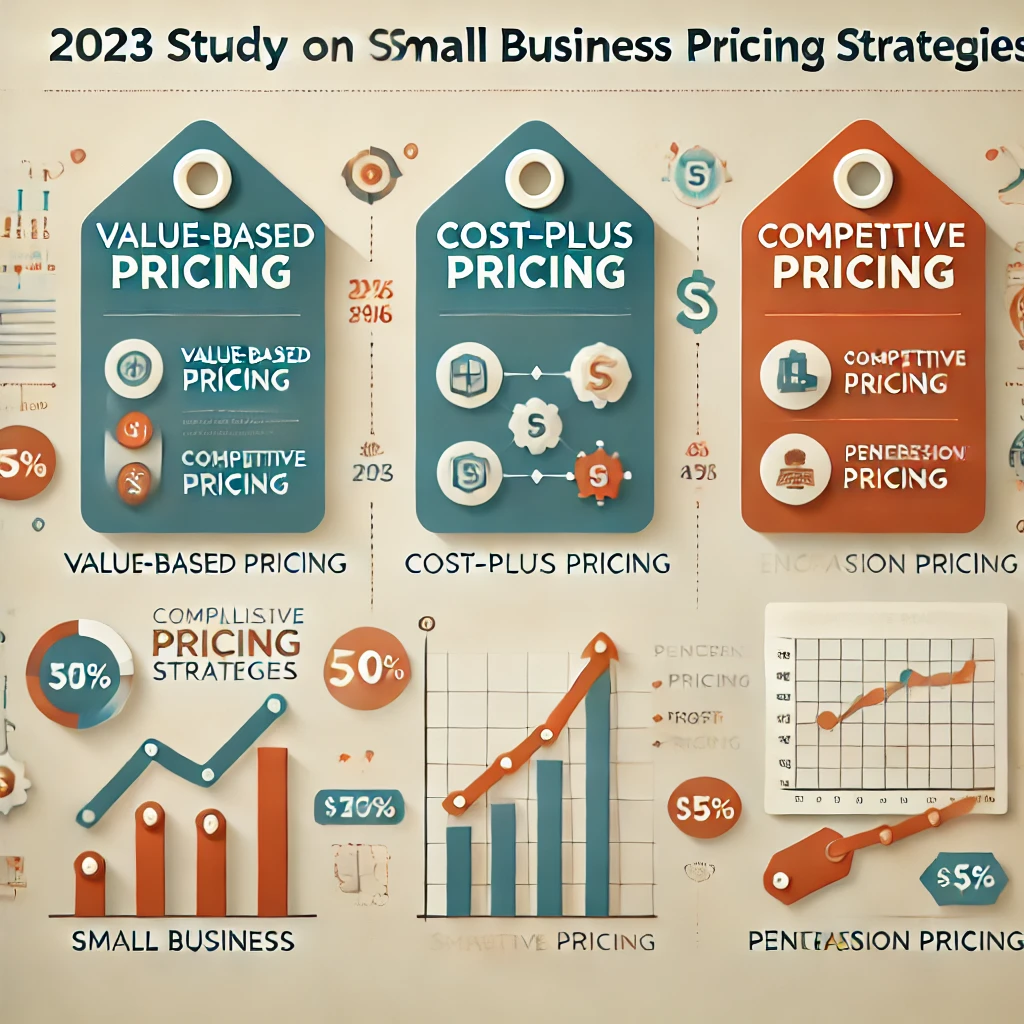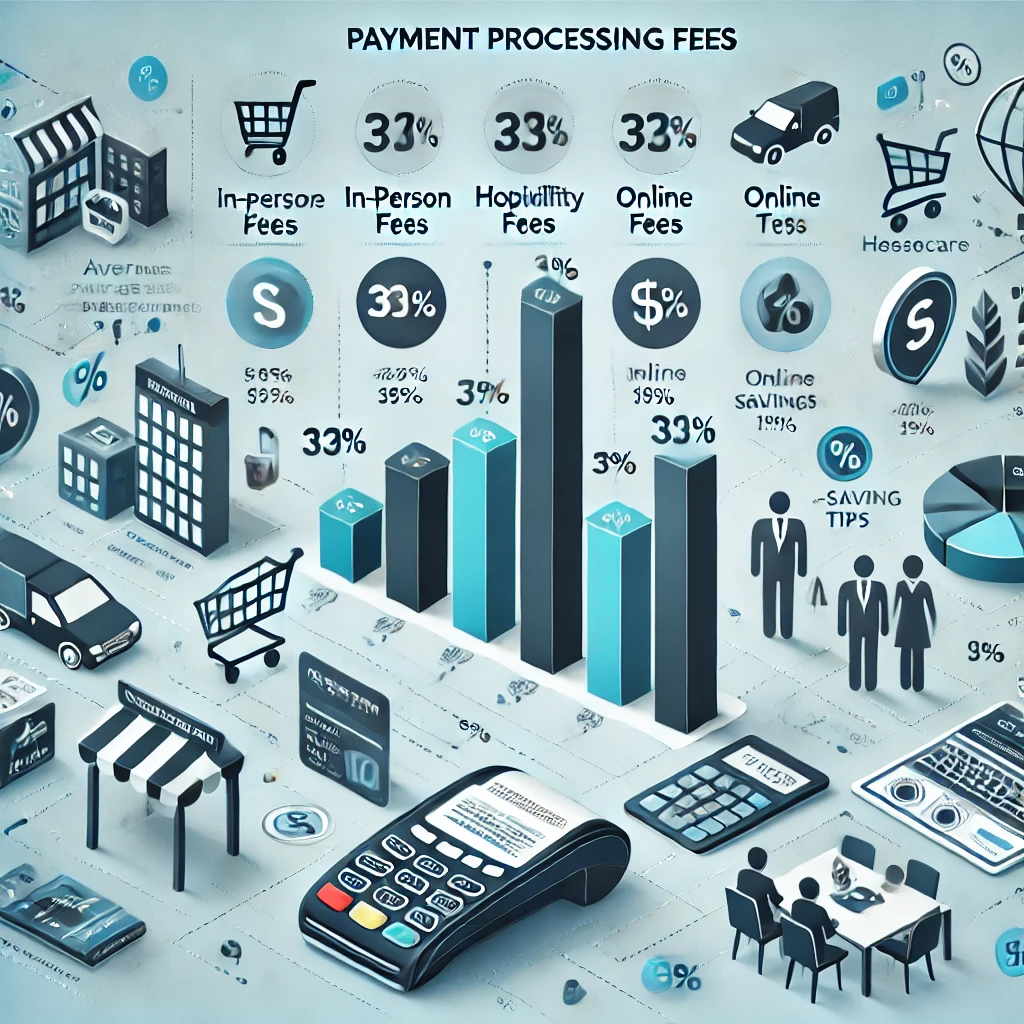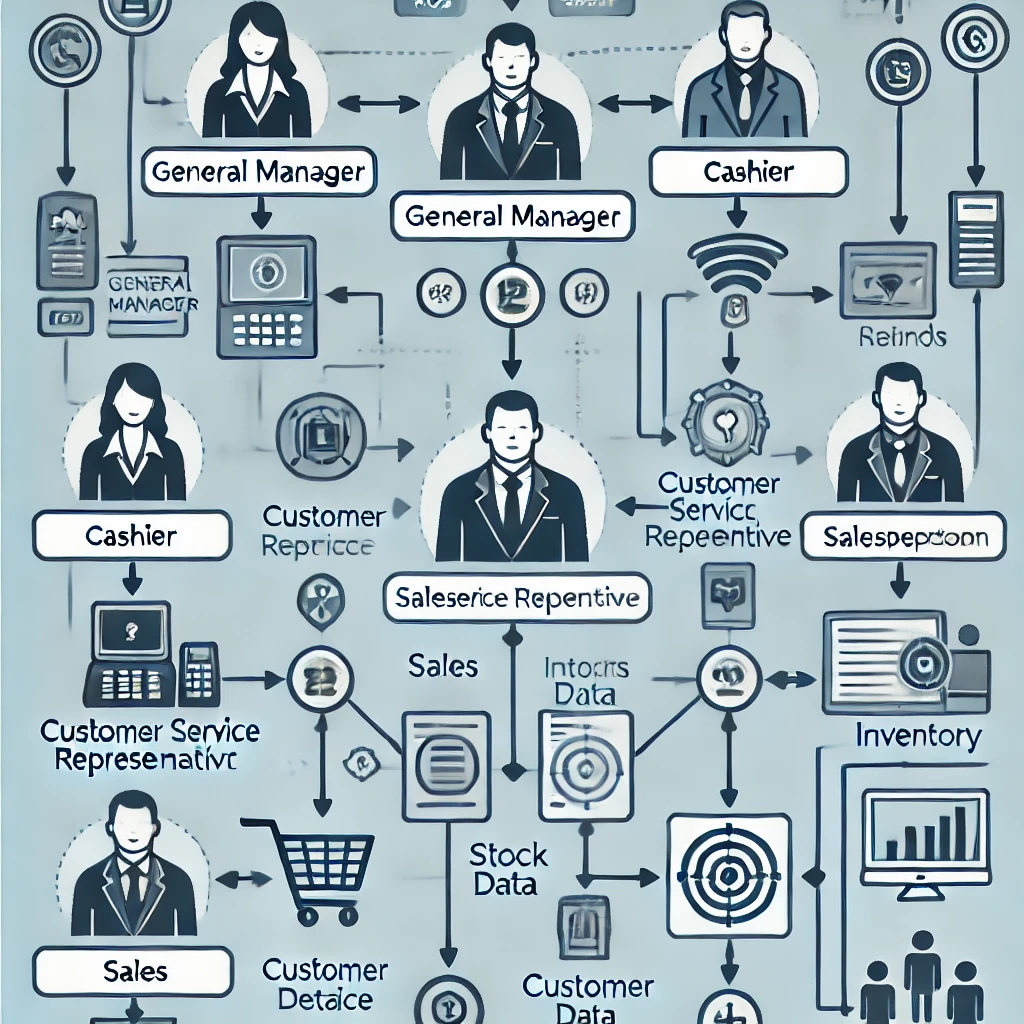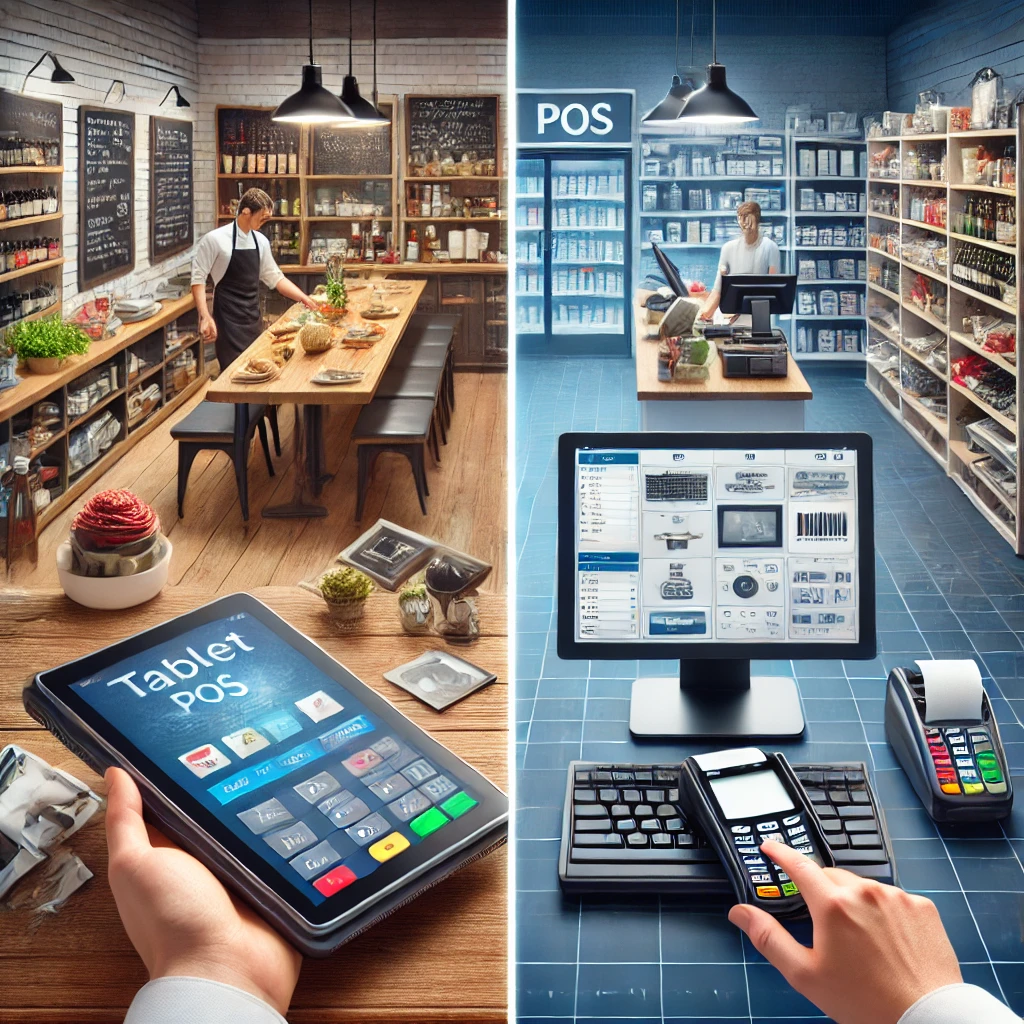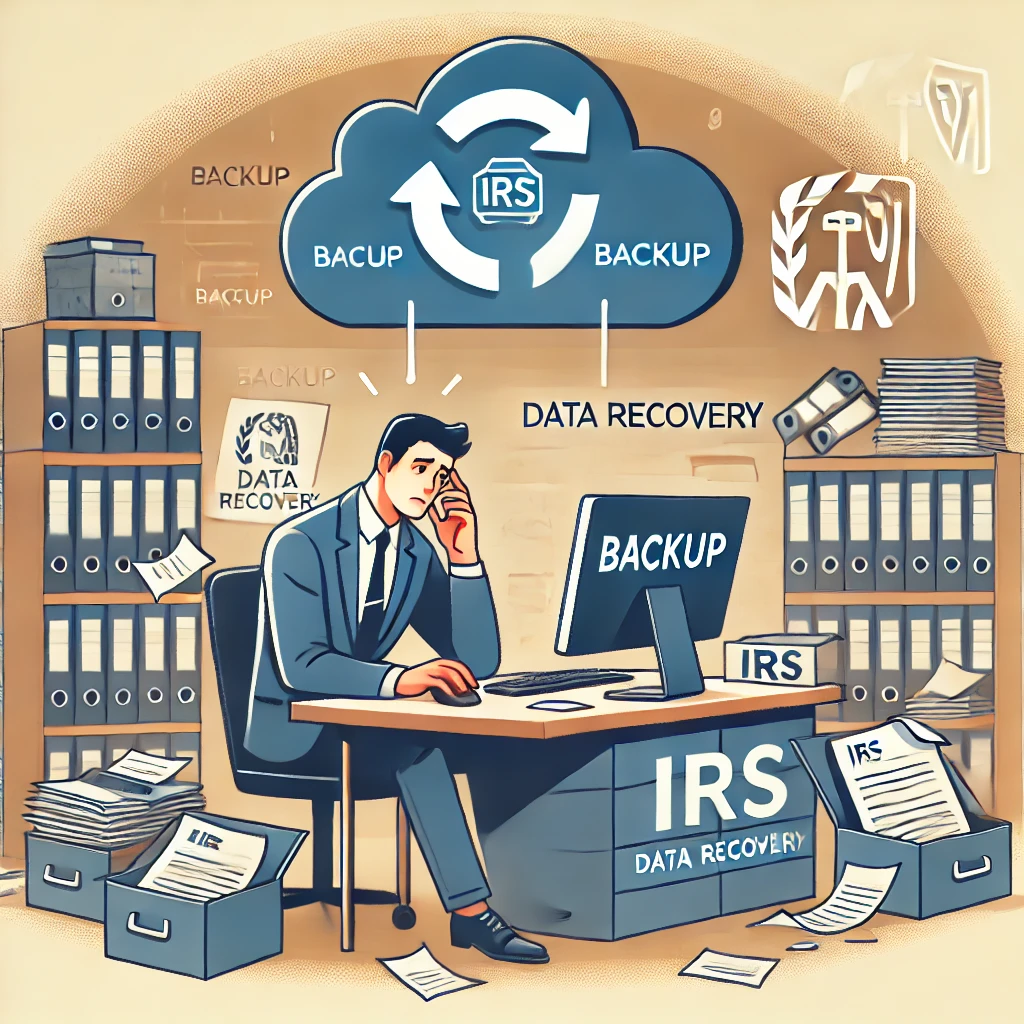Business Relocation Outcomes Study: How Moving Affects Growth and Efficiency
Relocating a business is often a strategic decision that comes with many challenges, but it can lead to significant benefits. Whether it’s to tap into new markets, reduce operational costs, or improve access to a more qualified workforce, a business move can have far-reaching effects on growth and efficiency. Understanding the potential outcomes of business relocation is essential for business owners looking to make informed decisions. In this Business Relocation Outcomes Study, we explore how moving can impact crucial metrics such as customer foot traffic, operational costs, and employee satisfaction. These insights aim to help businesses better evaluate the potential benefits and risks of relocating. Relocation can have a transformative effect, especially for businesses relying heavily on local foot traffic or in need of more favorable operational conditions. The decision to move must be backed by data, market analysis, and a clear understanding of how relocation affects day-to-day business operations. Study Overview To provide a realistic overview of business relocation outcomes, we have compiled data based on simulated scenarios and mock case studies. Drawing inspiration [...]


